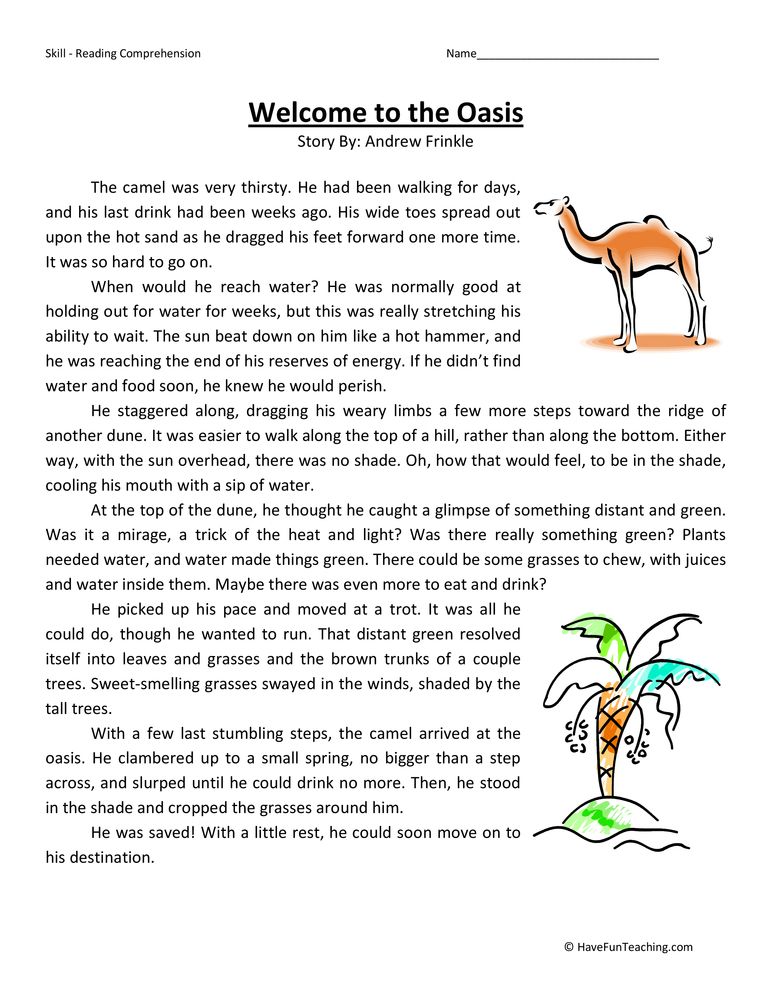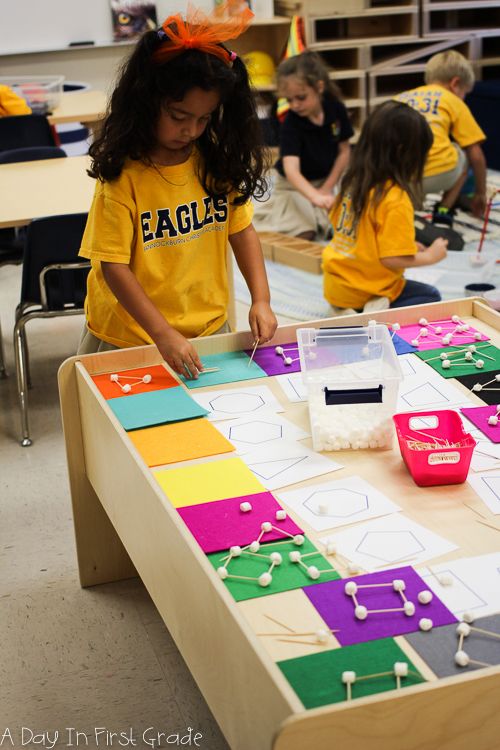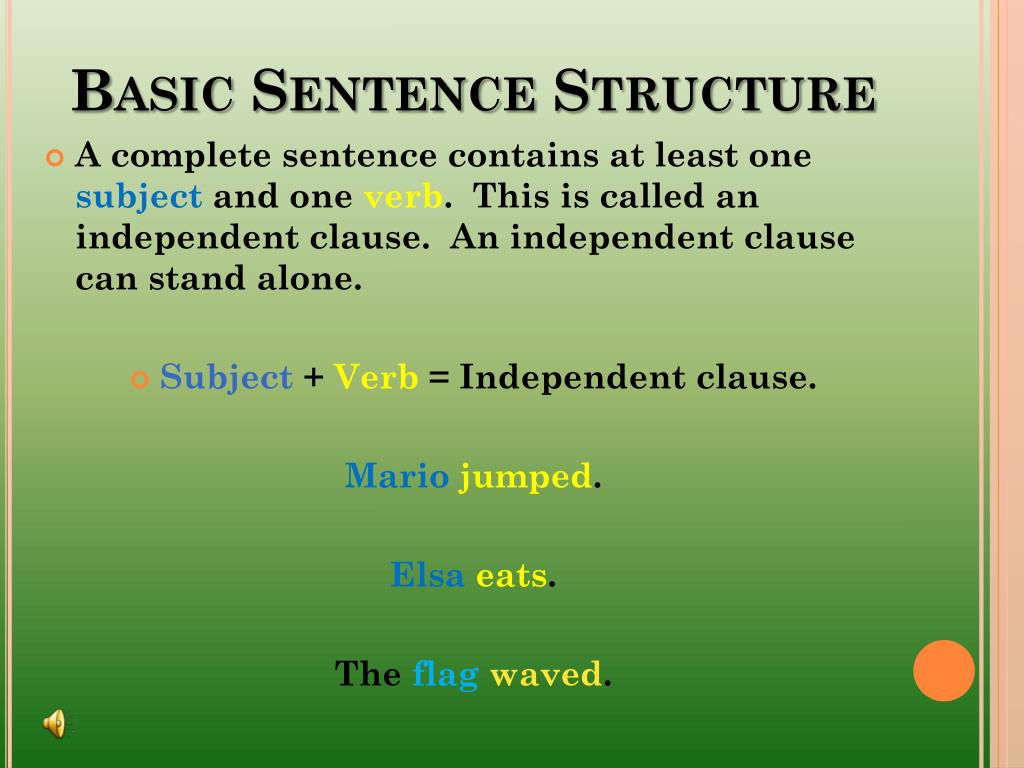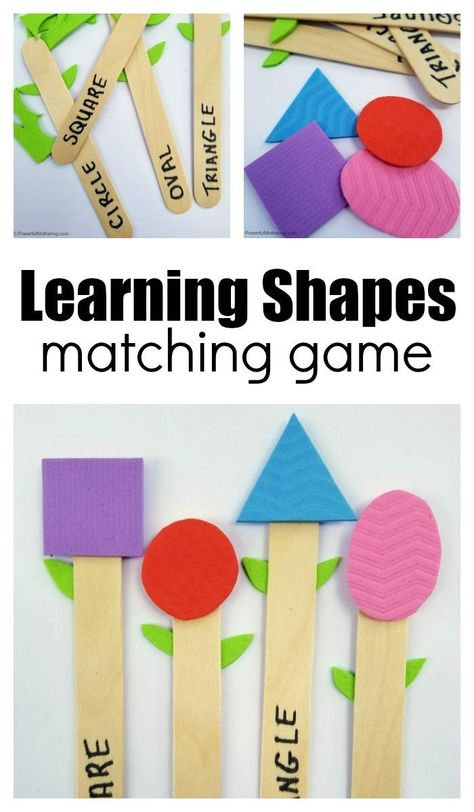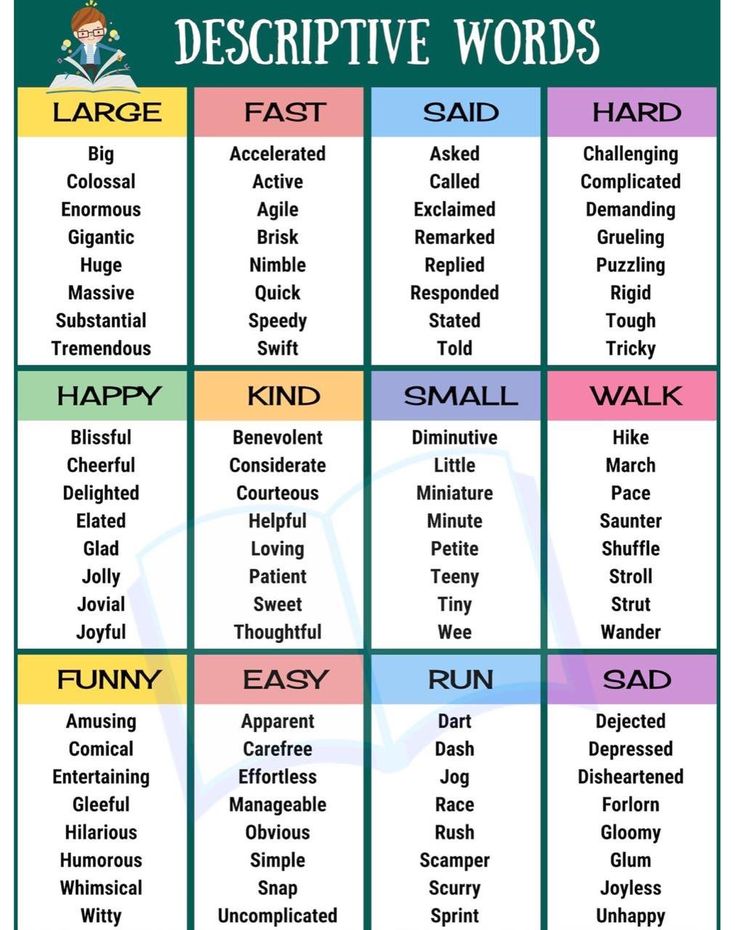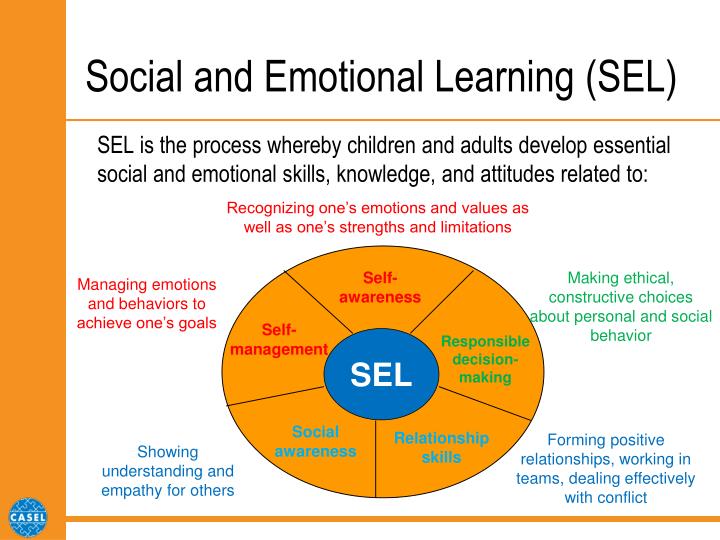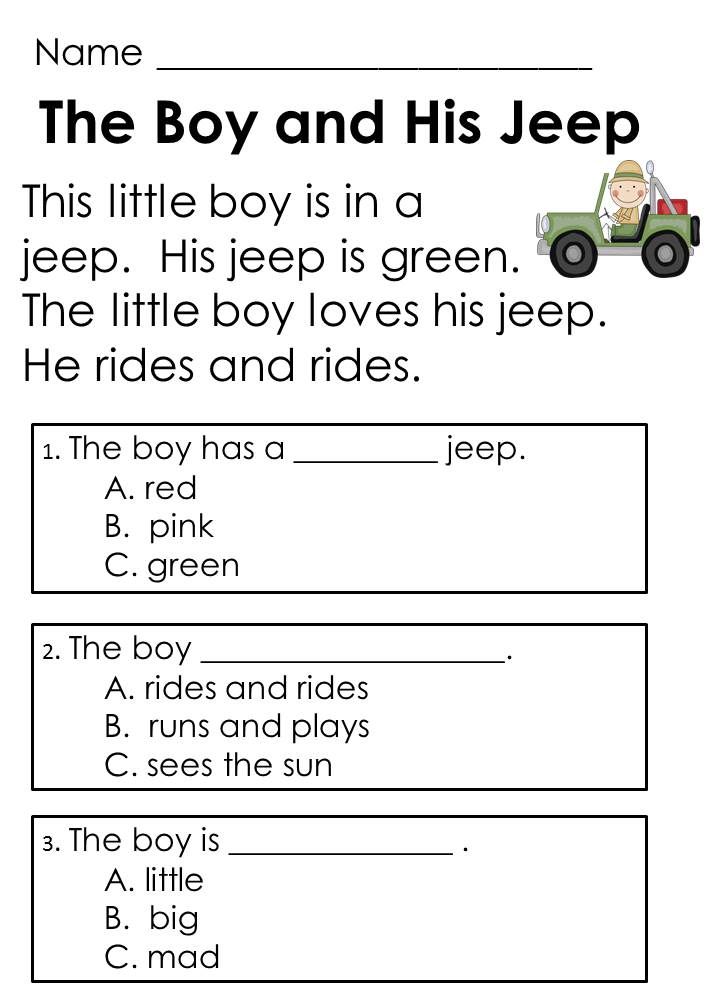Letter naming fluency practice
20 Activities to Support Letter Naming Fluency
We usually start teaching the alphabet by singing the ABCs song. Once kids have that down pat, it’s time for the next step—recognizing the letters in print. This skill is called letter naming fluency, and it’s a key step for pre-readers. Mostly, it just takes a lot of practice. Fortunately, there are lots of ways to make that practice fun, like these letter naming fluency activities. Easy as ABC!
1. Start with name letters
We often start teaching letter naming fluency with the letters of students’ names. That makes those letters meaningful to kids, and they’re more eager to learn. Try a simple activity like selecting the letters of their name and placing them into an envelope.
ADVERTISEMENT
Learn more: Name Letters/How Wee Learn
2. Point, say, and learn
This is one of the simplest letter naming activities. Simply type or write the letters you want students to practice, then cut the paper into strips. Have the student point to each (they can use their finger or a colorful pointing stick) and say the letter. If you like, they can also say the sound that letter makes.
Learn more: Letter Strips/Conversations in Literacy
3. Roll and name
Grab this free printable at the link. Then have your student roll a die and read the letters in that row. (This one sneaks in a little counting practice too!)
Learn more: Fantastic Fun and Learning
4. Clip the letters
Use this tip with letter strips or make colorful letter circles like these. You can write the letters on the clothespins and ask kids to match them up. (This is especially useful for matching capital and lowercase letters.) Or, simply use plain clothespins and ask kids to clip each letter as you call it out.
Learn more: Learning With Mrs. Langley
5. Play a game of Bang!
Grab a pack of wood craft sticks from the dollar store and use them to make your own Bang! game.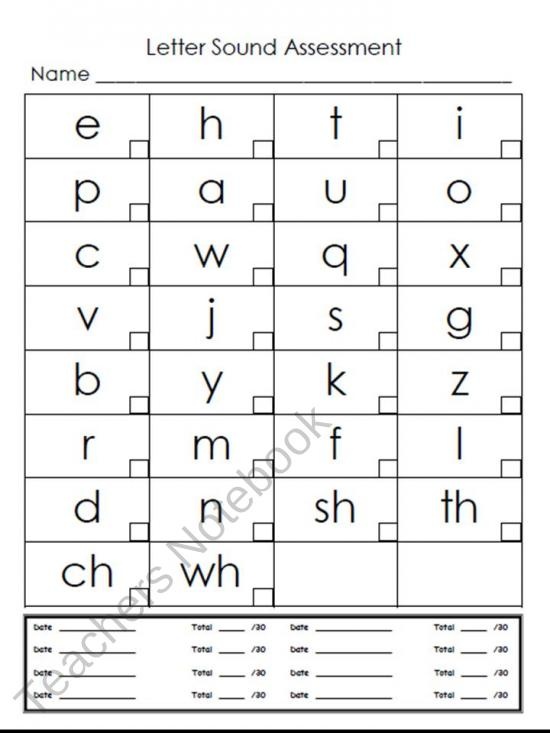 Players take turns pulling a stick from the container and reading out the letter. If they get it right, they add it to their pile, but if they’re wrong, it goes back into the container. If they pull the “Bang!” stick, they have to put all their letters back!
Players take turns pulling a stick from the container and reading out the letter. If they get it right, they add it to their pile, but if they’re wrong, it goes back into the container. If they pull the “Bang!” stick, they have to put all their letters back!
Learn more: Stay at Home Educator
6. Pull and Say
Try this with alphabet beads or a digital alphabet board. Have students pull each letter down, saying the name as they do. Then, as they slide it back up, they say the sound the letter makes.
Learn more: Pull and Say/Conversations in Literacy
7. Park letter cars
This is so fun for active learners! Label toy cars with letters and have kids drive them into parking spaces, saying the letter names (and sounds, if you like) as they go!
Learn more: Letter Cars/I Can Teach My Child
8. Pull letters from a sensory bin
Fill a plastic bin with colored rice and magnetic alphabet letters. Then give kids a magnet wand and have them pull out the letters one by one, naming them as they go.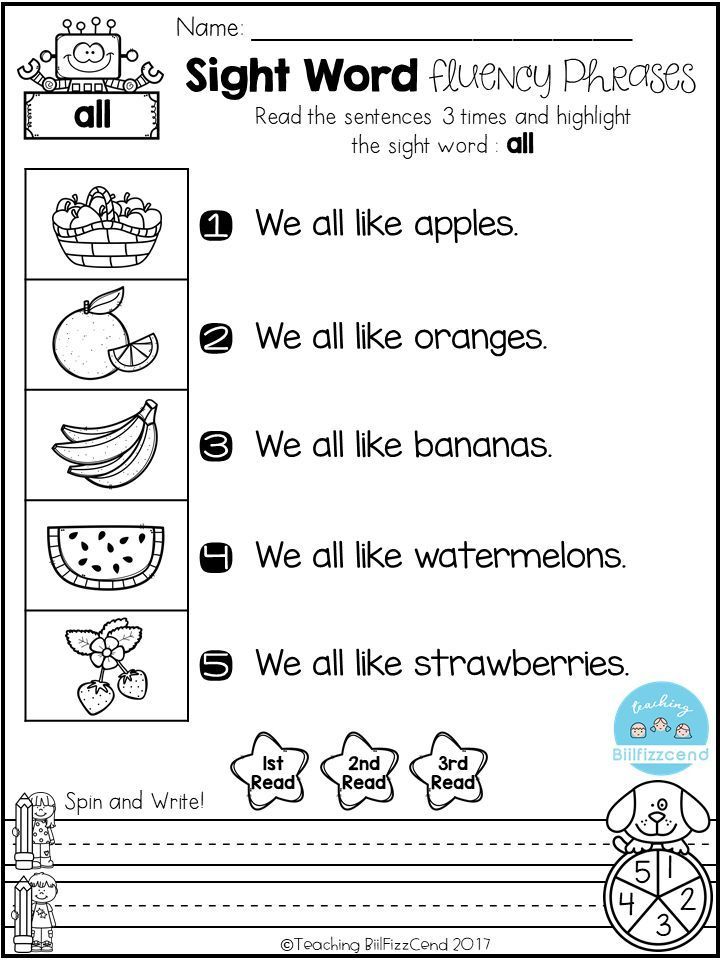
Learn more: Powerful Mothering
9. Swat the letters
Kids love getting to play with flyswatters! This one’s easy to set up, too. Just trace circles onto a large piece of paper and write a letter in each. Have kids swat the letter and say the name or call out a letter and have students swat it, repeating as they do.
Learn more: Hands On As We Grow
10. Enjoy a bowl of alphabet beads soup
Mix up a bowl of alphabet bead soup! Label spoons with letters and have kids dig out the match. You can mix the letter beads with plain beads for more of a challenge.
Learn more: Play Teach Repeat
11. Seek and find letters
This one’s so fun! Tape letters around the room and send kids off to find them as you call them out. Then have them say the sound that letter makes.
Learn more: Busy Toddler
12. Send letters down a zip-line
Kids are going to get a real kick out of the letter zip-line. Make your cards by attaching an unbent paperclip to the back.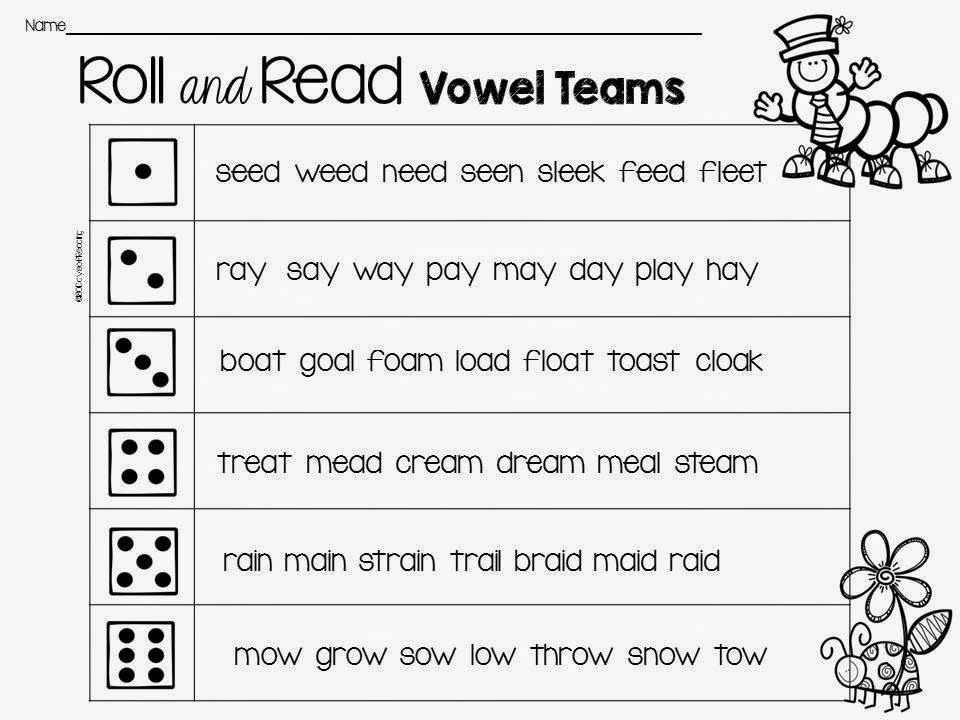 Then send them flying down the line to students, who name each letter as it arrives!
Then send them flying down the line to students, who name each letter as it arrives!
Learn more: Letter Zipline/Stir the Wonder
13. Whack balloon letters
Balloons make everything more fun! Hang balloons labeled with letters from the ceiling. Then have students swat them with a racket, saying each letter as they do.
Learn more: Balloon Letters/How Wee Learn
14. Match up apple letters
Grab this free printable game at the link. Kids will enjoy matching upper and lowercase letters, placing the apples in the right baskets.
Learn more: Playdough to Plato
15. Stamp letters in Play-Doh
Invest in a set of alphabet stamps, and you can use them for letter naming fluency activities and beyond. Kids stamp the letter and say it. When the Play-Doh is full, roll it out and start again.
Learn more: Letter Stamps/I Can Teach My Child
16. Match upper and lower case letters
Matching upper and lowercase letters is an important part of letter naming fluency.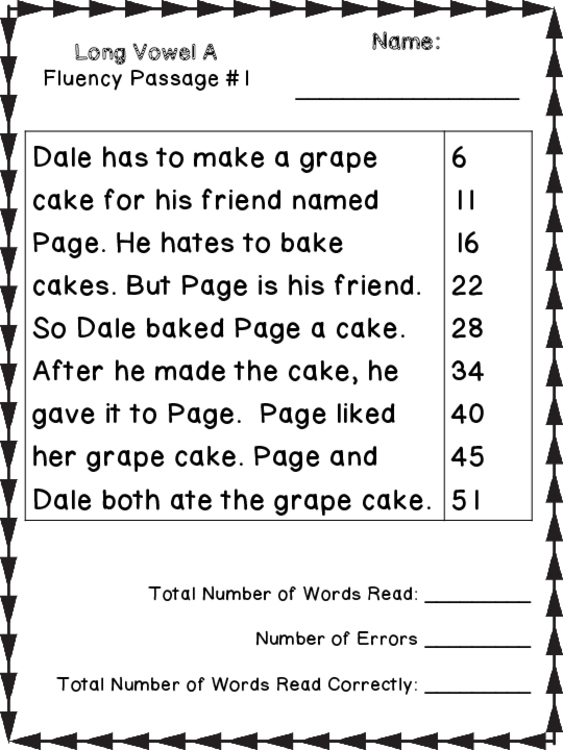 All you need for this activity is an egg carton and some alphabet beads.
All you need for this activity is an egg carton and some alphabet beads.
Learn more: Letter Match-Up/I Can Teach My Child
17. Splash out with some water play
Float alphabet beads in a bin of water, then practice scooping them up and saying their names. Take this one outside on a warm day!
Learn more: Fun Learning for Kids
18. Give
Chicka Chicka Boom Boom a new twist“A told B and B told C, ‘I’ll BEAD you to the top of the coconut tree!'” This is one of the best books for building letter naming fluency. Craft a tree from pipe cleaners, then read the story and have kids add the letter beads along the way.
Learn more: Chicka Chicka Boom Boom/Stir the Wonder
19. Try letter flashcards
Flashcards are a classroom staple for a reason—they work. See how many students can do successfully in 30 seconds, play a matching game, or try any of your other favorite flashcard games. Get lots of free printable letter flashcards at the link.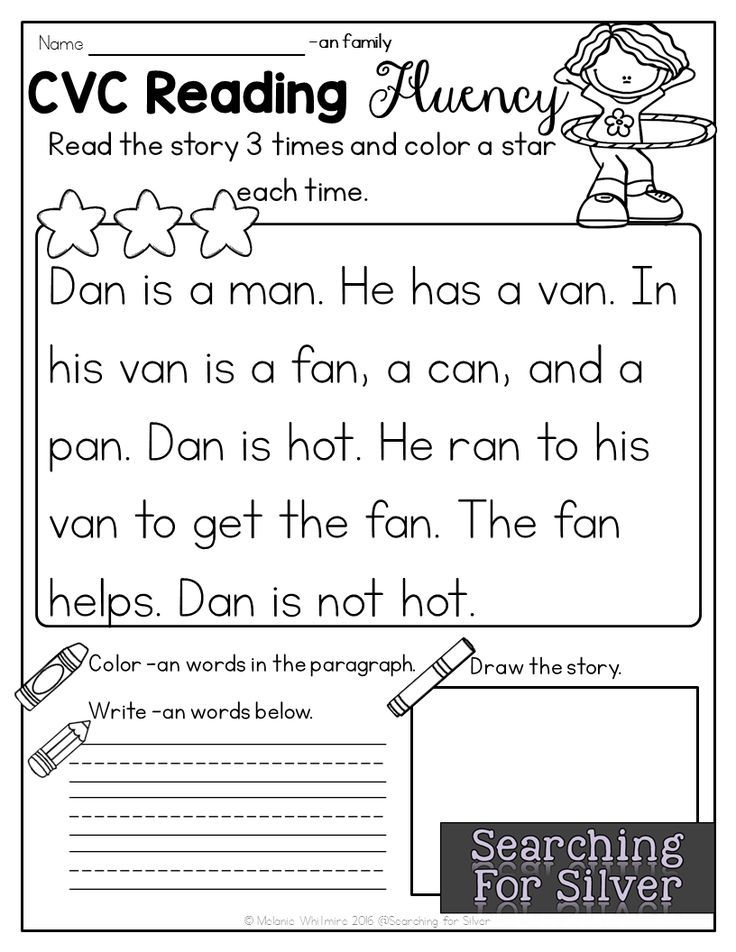
Learn more: The Spruce Crafts
20. Put together letter puzzles
Get the free printable puzzle at the link, then have kids match the upper and lower case letters as they say their names out loud.
Learn more: Primary Playground
Looking for more? Try these 26 fun, easy ways for kids to practice their ABCs.
Plus, get all the latest teaching tips and ideas when you sign up for our free newsletters!
How to Boost Letter Naming Fluency for Beginning Readers – Laura Leigh Vance + Reading Therapist
“Research supports not only that letter naming must be accurate, but it must also be fast.” (Neuhaus & Swank, 2002). Enter letter naming fluency into the picture.
You’ve probably administered a DIBELS assessment at some point in your teaching career. Students are required to name as many upper and lowercase letters in one minute.
But why do we need students to name all those letters so quickly? And what if they can’t?
What is letter naming fluency?In a Letter Name Fluency (LNF) task, a student is given a random list of upper- and lowercase letters and has 1 minute to identify the names of as many letters as possible. Schools often use these scores to determine which students are at risk for reading difficulties.
Schools often use these scores to determine which students are at risk for reading difficulties.
Letter naming fluency is included in many assessments because it’s a great indicator of risk and a strong predictor of reading success. Letter-naming speed is the single most significant predictor for word reading ability for first-grade students. (Neuhaus & Swank, 2002).
When children can recognize and name the letters of the alphabet accurately and automatically, they have a foundation for learning the alphabetic principle and learning to read. (Adams, 1994; Ehri, 2005)
Also, students who recognize letters with accuracy and speed have an easier time learning the sounds associated with them. (Adams, 1999)
Knowing letter names can help learn letter sounds because many sounds are embedded in the letter name. Say the letter name m aloud. You can hear the /m/ sound in the name!
Letter Naming Fluency Assessment in the ClassroomTeaching letter names to fluency can be a challenging task for several reasons.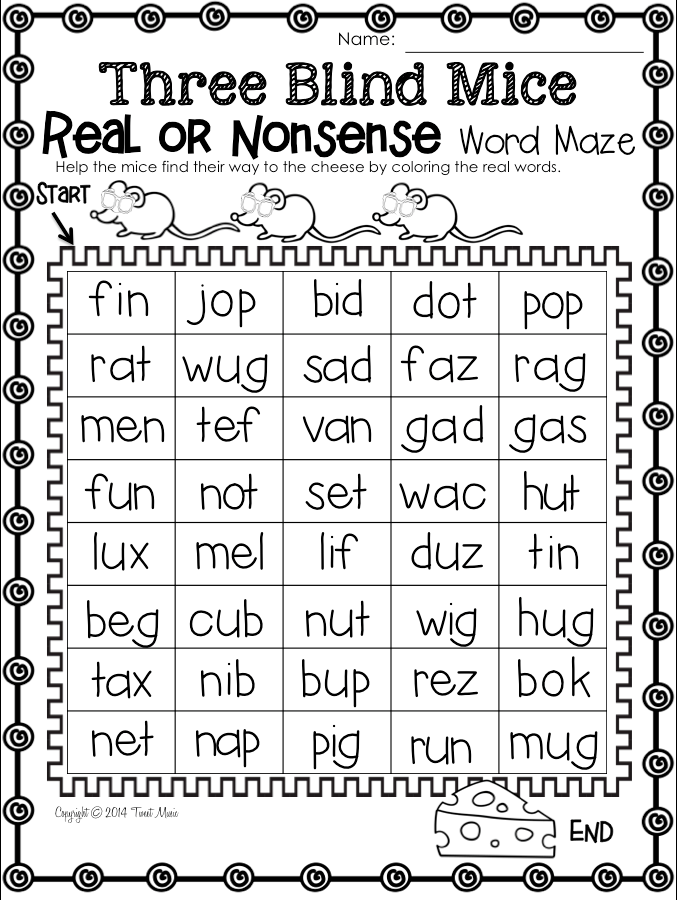 Beginning readers are often more familiar with certain letters, especially those in their names.
Beginning readers are often more familiar with certain letters, especially those in their names.
As teachers, we must identify which letters our students are familiar with and which ones need additional instruction. Enter a letter naming fluency assessment, and I’m NOT talking about DIBELS.
During my basic letter recognition assessments, I assess both accuracy and speed. I want to know if students can identify the specific letter and if they can do so quickly. This data determines what letters I need to teach and review and even how I form my small groups. Want to know more? Check out this blog post HERE.
Engaging & Fun Letter Naming Fluency Activities & Games that Improve FluencyHere are 3 fun and engaging letter naming fluency activities and games to teach in 5 minutes.
ONE | Learning the Alphabet With Songs
Why not use this faithful classic to increase their fluency with letter recognition? As busy teachers, we can use all the simple tricks to improve student learning! Read “3 Creative Ways to Use the Alphabet Song to Teach Letter Recognition” for tips your can implement in your classroom tomorrow.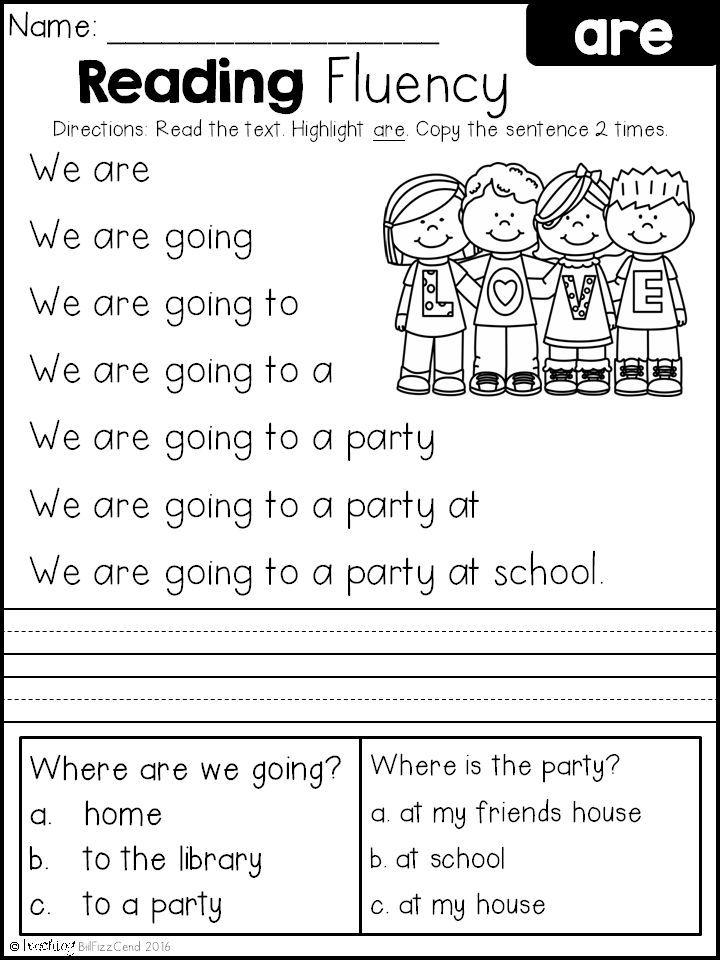 I bet you haven’t sung the alphabet song to the tune of “Mary Had a Little Lamb” lately!
I bet you haven’t sung the alphabet song to the tune of “Mary Had a Little Lamb” lately!
Using an alphabet arc helps students learn to name and identify each letter by placing a plastic letter over the matching letter on an arc. It also helps build letter naming automaticity. Not sure how to use one? Click here for my free alphabet arc mat. You’ll find everything you need to know on how to use it in your classroom today. Read “3 Alphabet Arc Activities that Boost Letter Recognition (Fast)” for more ideas on to increase letter naming fluency with an alphabet arc.
THREE | Building Fluency in Letter Recognition and Naming
There are several ways you can build fluency including letter naming fluency charts, missing letter cards, and plain ‘ole flash cards.
Printable Alphabet Flashcards.
Use a deck of letter cards containing all the letters of the alphabet.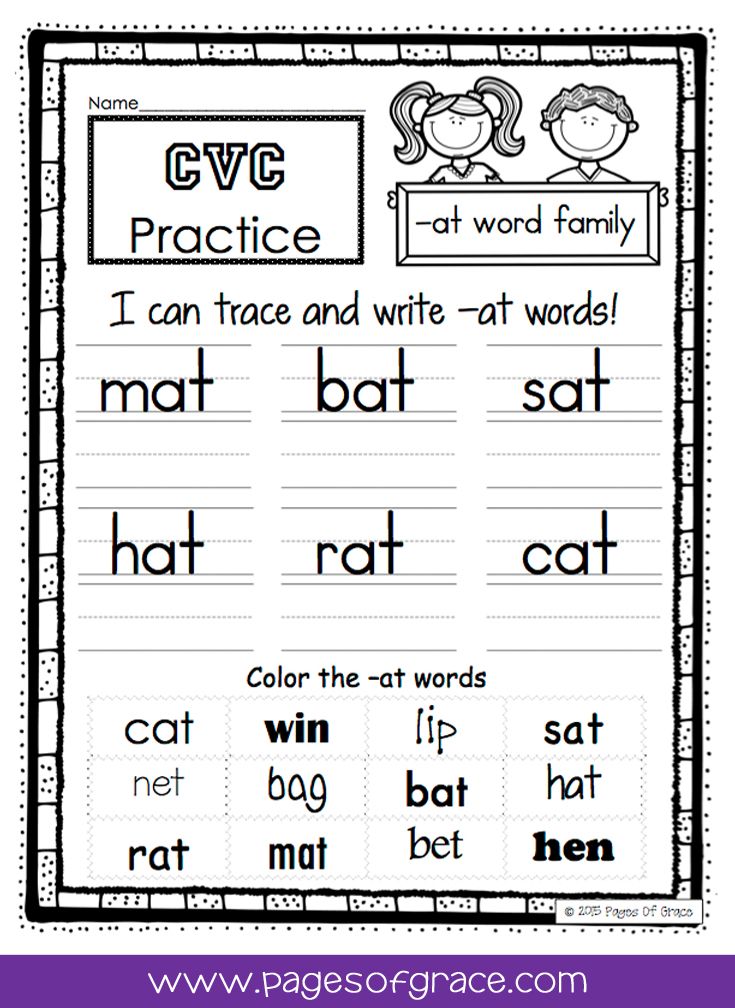 Flip through them quickly, having students call out the letter name. Students can complete this letter recognition activity in 60 seconds or less. See how fast they can complete the task. Your students will love trying to beat their latest time!
Flip through them quickly, having students call out the letter name. Students can complete this letter recognition activity in 60 seconds or less. See how fast they can complete the task. Your students will love trying to beat their latest time!
Letter Naming Fluency Chart. Another activity for building fluency in letter naming is to read letters on a chart as quickly as possible.
Choose four or five letters that your students need to practice and create a fluency chart. Point to to the first letter and have students think about the letter name in their head. Then when you tap under have everyone say it aloud. This allows thinking time for all your students!
If someone responds incorrectly, model the correct responses for everyone. Then ask, “What is the name of this letter” as you tap underneath. To ensure mastery and fluency, back up two letters before the error and continue until the end of the rows.
I use these charts for fluency racing fun! They are perfect for daily letter naming fluency practice.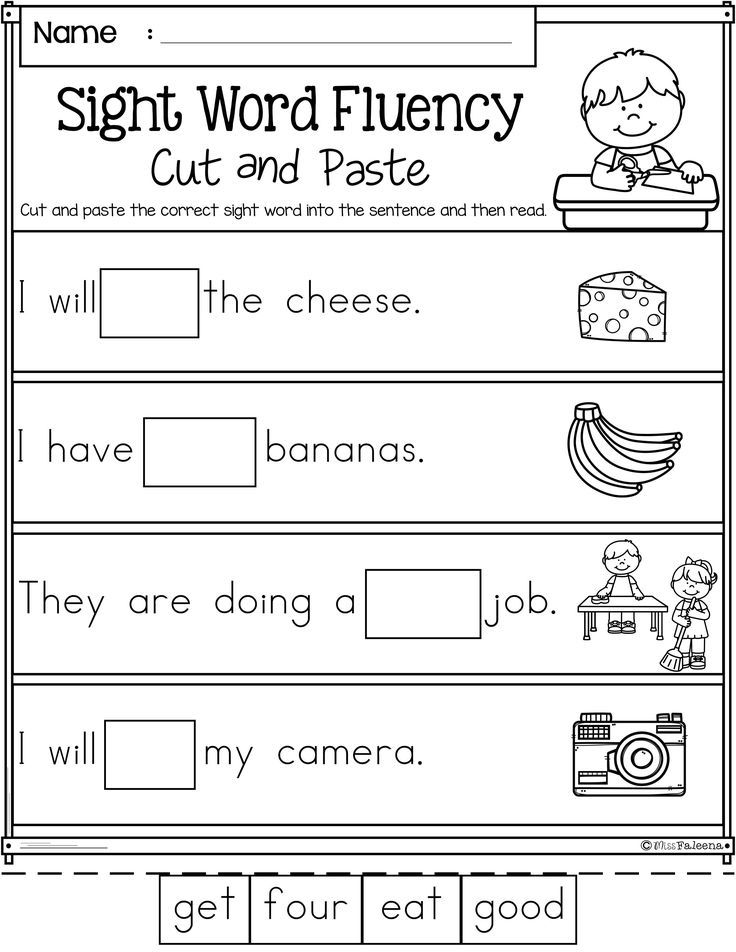
Missing Letter Deck Cards.
The missing letter deck is a great way to warm up during a small group reading intervention. The decks are similar to flashcards but have a letter missing from a 3 letter alphabet sequence. Begin by using the deck in alphabetical order. As students progress, you can shuffle the cards and present them in random order. If needed, students can keep an alphabet strip in front of them for reference.
The missing letter deck encourages speed and proficiency. It’s perfect for building alphabet fluency and awareness.
Letter Naming Fluency Intervention
I incorporate all three of these letter naming activities listed above into my letter recognition intervention. By targeting all of these skills/activities each day, students can make substantial progress in a shorter amount of time!
Multiple exposures are essential because Berninger (2000) found that students identified with dyslexia needed more than 20 more times the practice than students without dyslexia to learn letter sequences!
Some of your students may need more targeted instruction to improve their letter naming and alphabetizing skills.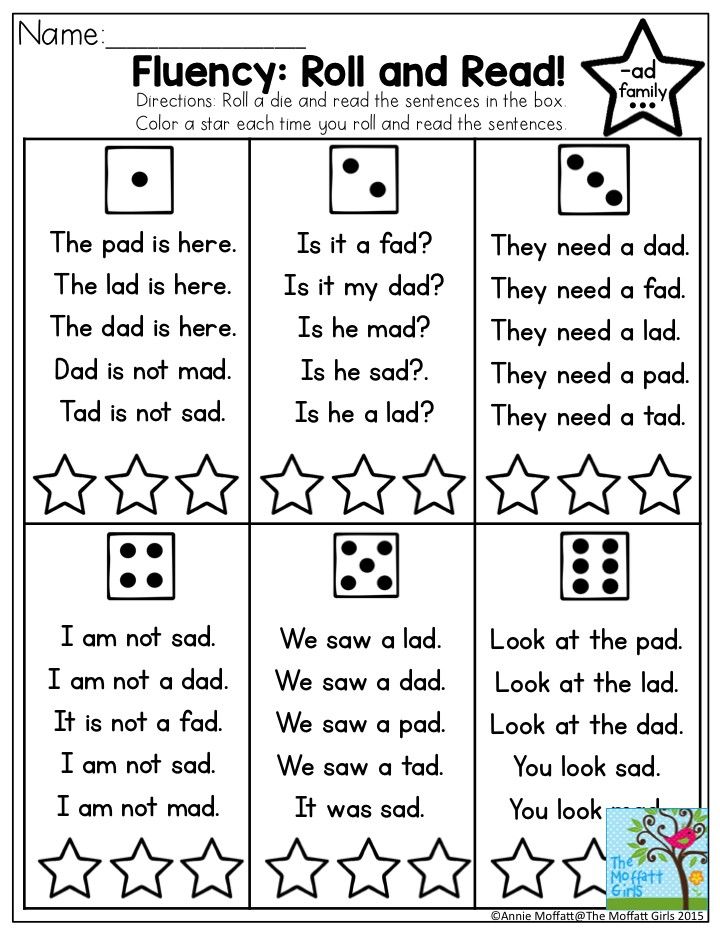 This can apply to students of any age! Typically these skills are mastered at least by the middle of first grade. Yet, many students reach the upper elementary grades without being able to fluently and automatically name alphabet letters. Use a letter naming fluency assessment to determine if this is an issue. If older students can’t name 40 randomly arranged letters in a minute, they may need additional a letter naming fluency intervention.
This can apply to students of any age! Typically these skills are mastered at least by the middle of first grade. Yet, many students reach the upper elementary grades without being able to fluently and automatically name alphabet letters. Use a letter naming fluency assessment to determine if this is an issue. If older students can’t name 40 randomly arranged letters in a minute, they may need additional a letter naming fluency intervention.
You Might Need to focus on LNF if you:
- have students who need letter recognition instruction or intervention
- need fun ways to engage students while learning their letters
- want to use explicit, research-based instruction to ensure your students can rapidly and accurately identify all uppercase and lowercase letters
How to teach a child to read / Articles / Newslab.Ru
Every parent sooner or later comes to the conclusion that it is time for their child to learn to read and write.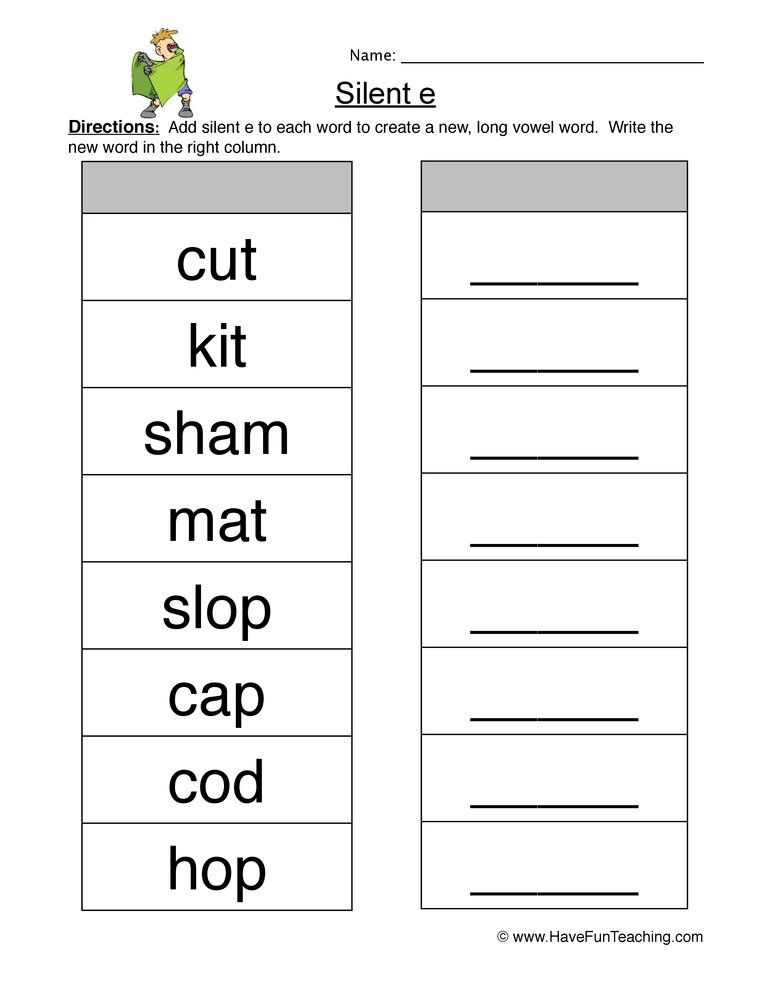 A thoughtful parent buys a book by Glen Doman, Zaitsev's cubes, Cecile Lupan's manual, and a bunch of other things. Then he reads for a long time and delves into it. This is not an easy task, and only then all this knowledge begins to be applied to a small person.
A thoughtful parent buys a book by Glen Doman, Zaitsev's cubes, Cecile Lupan's manual, and a bunch of other things. Then he reads for a long time and delves into it. This is not an easy task, and only then all this knowledge begins to be applied to a small person.
The funny thing is that, as practice shows, few parents strictly follow the recommendations of teachers for more than a month or two. And then just a game of reading begins, as long as the parental imagination is enough, as a rule, it is quite effective, if it is not abandoned and perceived precisely as a game, and not as a duty. Of course, it is worth knowing about the most famous and effective methods of teaching reading, just as it is worth hearing the advice of those whose children already read, at least not to reinvent the wheel by running on a rake.
Phonetic method
The phonetic method is the most traditional one, it was taught to us at school. The child recognizes letters, then puts syllables out of them, and then words out of syllables.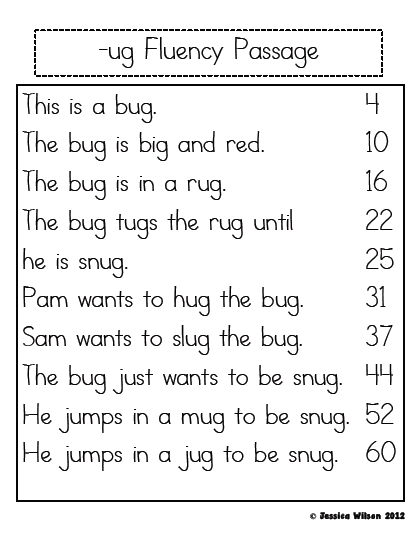 One of the best modern manuals on this subject is N. S. Zhukova's "Primer", it pays special attention to the method of reading syllables, because this is the main "stumbling block" of the phonetic method - how individual letters are connected and begin to sound together.
One of the best modern manuals on this subject is N. S. Zhukova's "Primer", it pays special attention to the method of reading syllables, because this is the main "stumbling block" of the phonetic method - how individual letters are connected and begin to sound together.
Psychologist Irina Kapustina's advice:
- When you begin to teach a child how to write this or that letter, you should never read it exactly as a letter - only as a sound. Not "el", but "l", not "ka", but "k". Otherwise, the child will subsequently have problems reading words, he will not understand why the word that should sound like “emaema” is read “mama”. This is precisely the minus of most of the now so popular speaking alphabets, if you really want to buy one, look for those that speak letters, not sounds.
- Pay special attention to vowels, they must be pulled, do not allow the child to skip, “swallow” unstressed vowels when reading. It is on vowels that the division of a word into syllables is built.
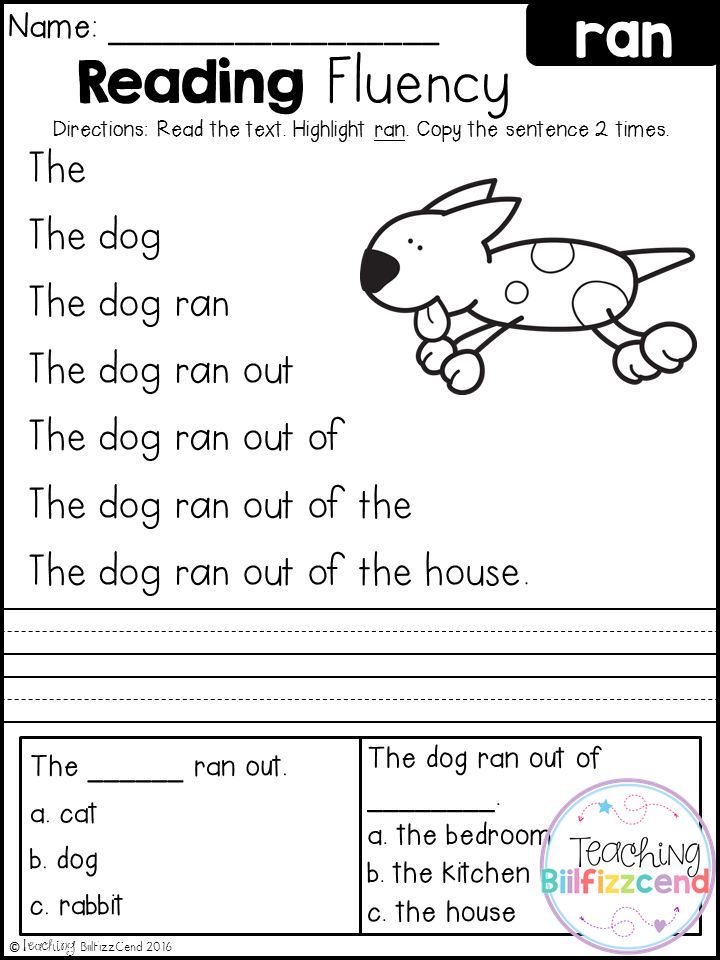 Often, adults, explaining to grown-up children how to divide into syllables, first write the word and only then divide it, but you need to initially act the other way around, this will help you feel the structure of the word.
Often, adults, explaining to grown-up children how to divide into syllables, first write the word and only then divide it, but you need to initially act the other way around, this will help you feel the structure of the word. - If a child has problems combining letters into words, that is, for example, he does not say “ma”, but “m, a”, try asking him to pronounce the syllable on one long exhalation. First mumble "m", and then, without stopping the sound, open your mouth for "a".
Zaitsev Method
This is one of the most popular methods, not least due to its wonderful cubes. Zaitsev teaches children not letters, but not words either, but intermediate "warehouses". A warehouse is a pair of a consonant with a vowel, a consonant with a hard or soft sign, or one letter. Warehouses are written on the faces of the cubes. The blocks, in turn, are different in color, size and the sound they make, which helps children to feel the difference between vowels and consonants, voiced and soft.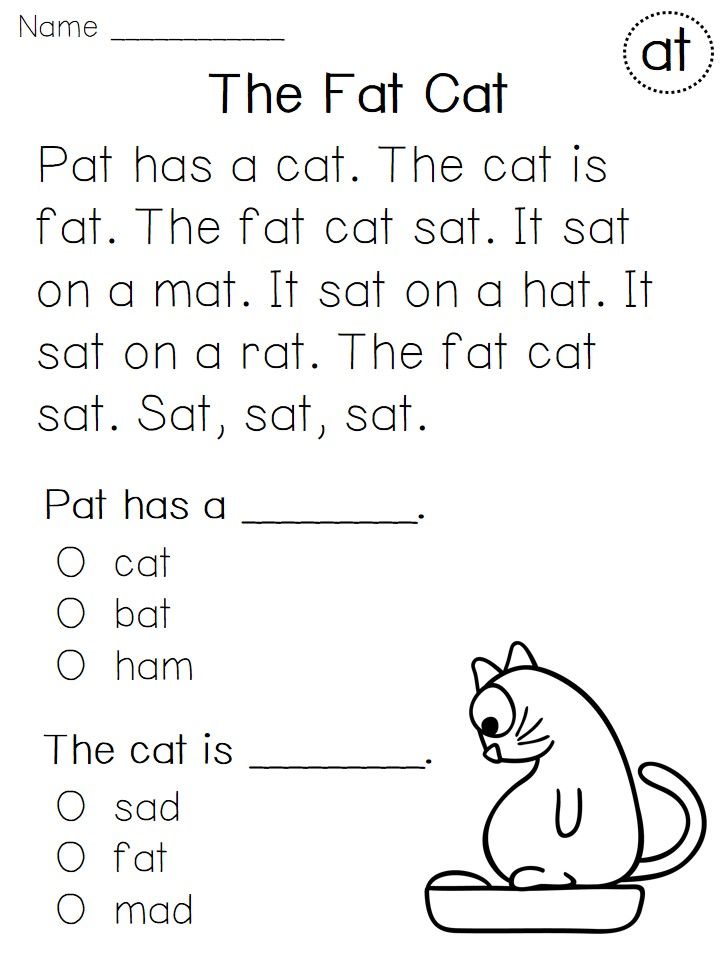
The meaning of the method is that initially the kids cannot read the word fluently, and if they stop after each letter, then the word will turn out to be phonetically incorrect, another thing when reading in warehouses: compare yourself - m-a-m-a or ma -ma. Thus, with the help of cubes and tables, the ability to initially read combinations of letters is instilled.
It’s impossible to name a simple technique, one of my Moscow friends, before starting to teach her son to read “according to Zaitsev”, even went to special one-day courses. In any case, you need to carefully read the book and understand what you should do, otherwise all complaints that you bought cubes and tables, and the baby does not read everything, will have to be turned to yourself.
One of the "pluses" of Zaitsev's cubes and tables is that they do not have syllables that do not exist in the Russian language, and, having memorized combinations of letters visually, the child will never make mistakes in dictation such as "ShYa", "ZhY", "Chyu" and others .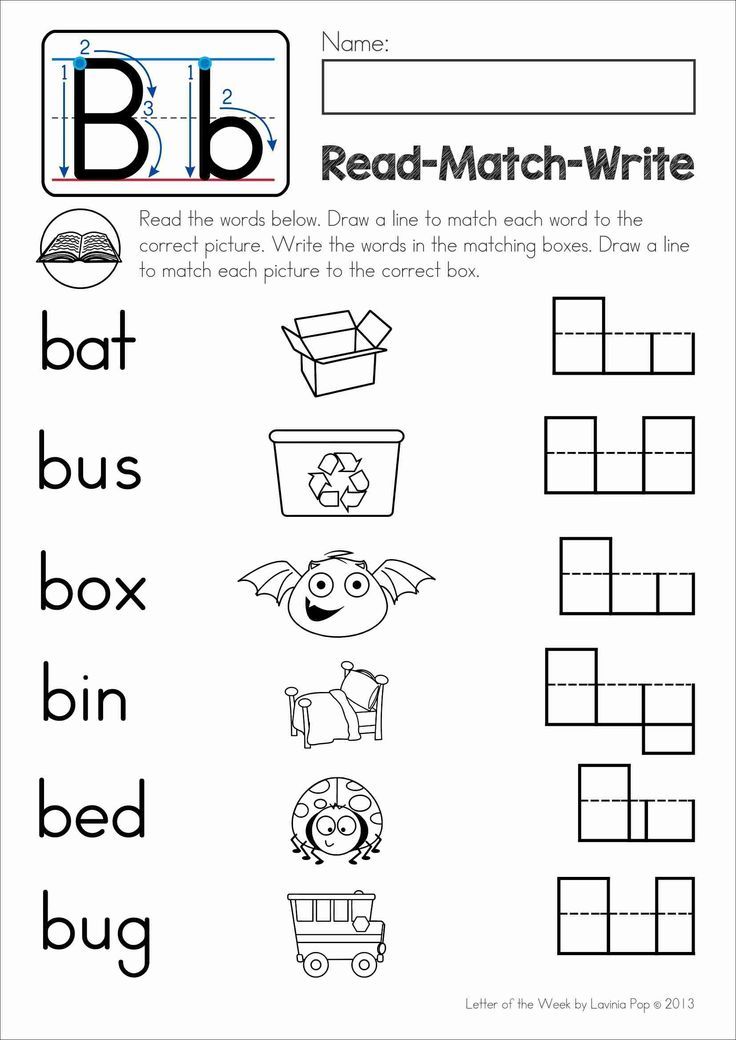
Glen Doman's method
Glen Doman's method is no less famous than Zaitsev. Doman encourages children to learn to read before they start talking. A child who does not yet know letters is shown and loudly called the words written on the cards in red letters with a height of 7 and a half centimeters.
The algorithm is as follows: 5 words are shown in one lesson, each card must be held for 1 second, read the word aloud and set aside.
Gradually, the number of lessons per day reaches five, and your child sees 25 words, and every day you need to replace five “old” words with five new ones. It is better not to show words similar in spelling in one lesson. After a while, you can add cards with phrases and short sentences.
The method seems to be simple, but parents usually give up first. Making a pile of cards is pretty tiring.
Advice from psychologist Irina Kapustina :
- It is believed that in order to form the so-called innate literacy, by the time a person begins to write, he should already have about two years of reading experience.
 Then, over the years, information about the correct spelling of words and punctuation marks is accumulated in the visual memory.
Then, over the years, information about the correct spelling of words and punctuation marks is accumulated in the visual memory.
I must say that if you really follow one of these systems, while watching the child and doing everything so that he likes the activities, you will achieve success. However, as mentioned above, more than a month of parents, most often, is not enough. It’s more interesting to “invent” your own than to follow rigid developments. Here are some tips on how to spur interest in reading and turn the lesson into a fun game not only for the kid, but also for yourself, as well as correct common mistakes.
Parents' advice
Yulia, Volodya's mother :
separately, but in a word. To correct the situation, I explained the difference to him like this: your name is Vladimir, this is your full name, and your friends call you Vova. So the letter, for example, is officially called “el”, and in the circle of friends, other letters standing next to it are called “l”. This explanation suited the child, and over time, the confusion in notation disappeared.
And then, when we had already started to read the words, I came up with the game "Treasure hunt". First, the child is given a note, where it is written, for example, “table”. He runs to the table, there is the following note: “chest of drawers”, there is another one on the dresser, and so on. Five to seven notes is the optimal number to start with, and when a child finds a candy or something else that plays the role of a treasure, he receives a well-deserved reward. This game was popular with us for about 3 and a half years.
Natasha, Valeria's mother :
From infancy, we had cubes with letters in the playpen, I called them unobtrusively to her, and generally showed the letters wherever possible. By the age of two, Lera knew the entire alphabet, she loved to pronounce the letters on the signs. At the age of 4 I read the first word. At breakfast, there was a bag of milk in front of her, she said all the letters quickly and got the word. I remember I was very surprised myself.
Ira, Anyuta's aunt :
I remember well how I learned letters in my childhood. There was a typewriter at home, little by little everyone in the family worked on it. And I was allowed to sit behind it and type! I felt quite grown up, and my parents told me which letter popped up. With my niece, 9 acted as a typewriter0003 computer. She was turned on Word, made the 72nd font and was allowed to print (under supervision, of course). She learned the letters very quickly.
Masha, Alina's mother:
I wrote a bunch of signs with the names of things and hung them all over the apartment. The guests have fun, and sometimes they express bewilderment, but I see that this works. On the bed it says "bed", on the chest of drawers "chest of drawers", on the clock "clock" and so on. It didn’t work out right away, of course, there were funny cases. Looks, for example, at a card under the clock, sees the letter "h" and quickly "reads": chi-sy. I told her: "And what is the second letter?" She correctly answers that "a", and so surprised: "What, a teapot, or what?" Also, when I draw something, I always write next to it: kitty, hare, house, grass ....
Nastya, Matvey's mother :
We often play games with letters, for example, we see the sign "Beauty Salon", and I say what will happen if the letter "c" is changed to the letter "t". Or: I write "k ... t" and we select which letters can be put in the middle.
Boris, Ilya's father :
We have studied a lot of recommendations for early learning to read, I liked this one the most: you need to draw a table of syllables (consisting of two letters), where syllables with the same consonant go horizontally, and vertically - with the same vowel, and hang it in a conspicuous place. We read the table first rows and columns, and then randomly. Moreover, when reading randomly, syllables were chosen both randomly and so that words were obtained.
Psychologist Irina Kapustina's advice:
And most importantly, the desire to learn to read should be mutual. If you see that your three-year-old son or daughter is not yet ready, that they want to run and jump, that science does not remain in their heads, leave me alone, do not insist. Each child has his own age of readiness for reading, and what a year earlier will be given in sweat and blood, a year later will turn out by itself.
Marina Shilikova, journal “ City of childhood ” , Krasnoyarsk
skills that the child begins to read
20,0005
April
2021
Views: 214
Reading: N-Minutes (A)
"Mom, reading is boring!". "But why? Mom thinks. "It's so exciting!" Parents should not forget that reading and reading comprehension are different skills. And if the child does not fully understand the meaning of the text, then what kind of pleasure is there?
1. Reading fluently
You are an experienced reader, you can no longer be frightened by long words, and a young reader is only mastering this tricky science. Reading is a complex process that involves many parts of the brain. You need to find out the letter, remember its name, remember the sound that it stands for, collect the syllable, collect the word from the syllables, and then realize the meaning - see how much work? A fluent reader performs this process automatically without thinking. How to develop a skill? It's like with muscle training - only practice will help.
2. Vocabulary
To understand a text in a foreign language, you need to know and understand at least 70% of the words. And even in this case, of course, there is no question of a complete understanding. Same with native language. If the child does not understand the word, he does not understand the text, reading becomes a meaningless and boring activity. Ask if he knows the meaning of all the words, do not be lazy to explain. An extensive vocabulary will come in handy in many areas of life.
3. Building sentences
"The merchant, angry, went out, he threw his hat on the floor in anger." If you ask: "Who is "he"?", - you will answer: "Merchant." And children who do not read well often do not understand the principle of combining words within a sentence. Just now there was a merchant, now a mysterious “he” has appeared. The child gets confused and perceives the text worse. It would seem that the principle of understanding the construction of sentences is important for writing, and not for reading. But it was not there. Understanding how different ideas can be combined in one sentence will make it easier for the child to understand the text.
4. Outlook
Most young readers perceive what they read through the prism of personal experience. The story about how children play in the yard is understandable. The story of how pirates capture a frigate is not very good.


